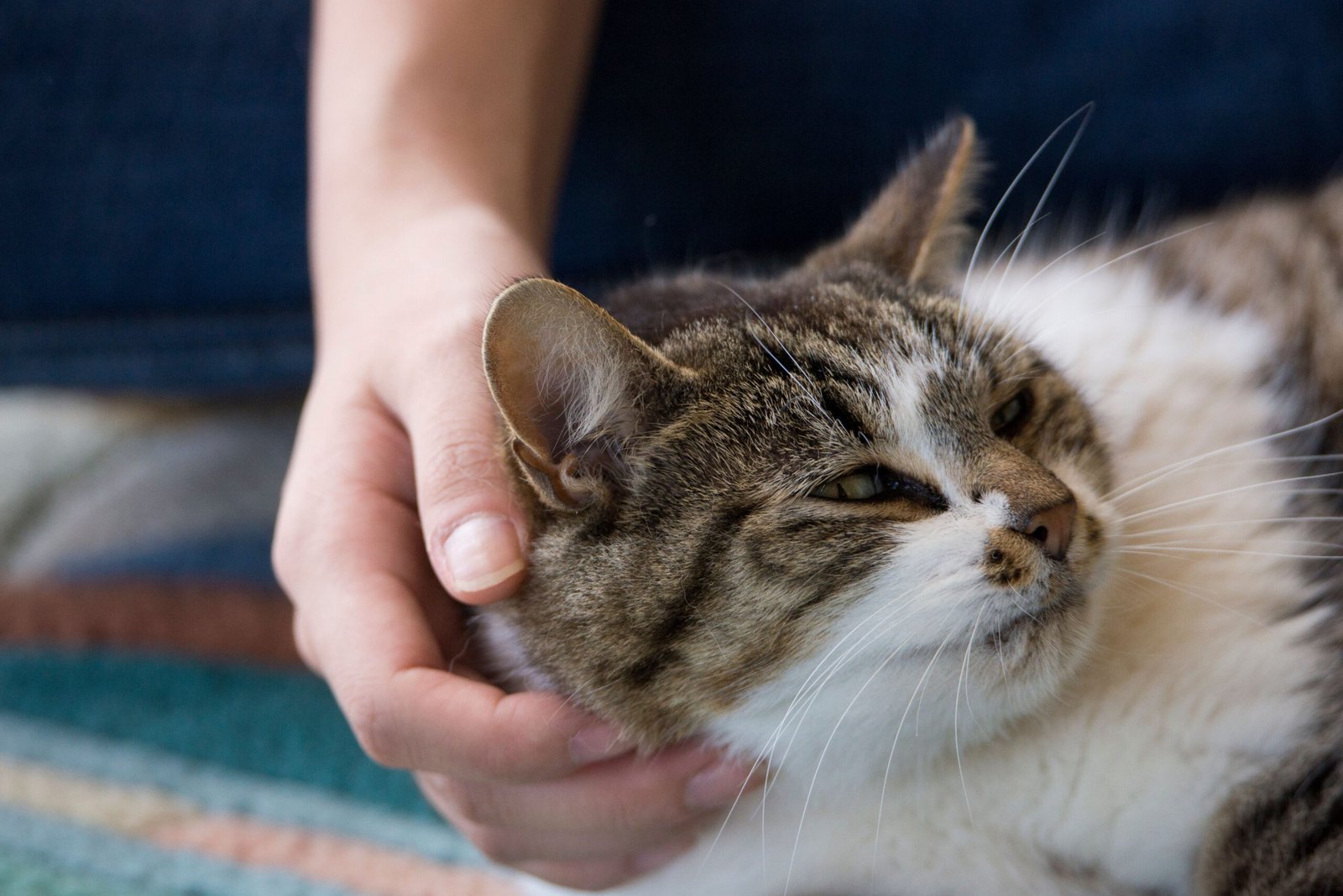Have you ever caught your cat curling up beside you on a rough day, or staring deep into your eyes when you’re feeling off? It’s not magic, though it can certainly feel like it. Cats possess an extraordinary ability to sense human emotions—sometimes before we’re even aware of them ourselves. Their mysterious intuition and uncanny sensitivity make them not only fascinating companions but also emotional barometers in our daily lives. If you’ve ever wondered how your feline friend seems to know exactly when you need comfort, prepare to be amazed. Let’s dive into 15 surprising ways that cats read and respond to your mood, often before you realize it yourself.
1. Reading Body Language Intuitively
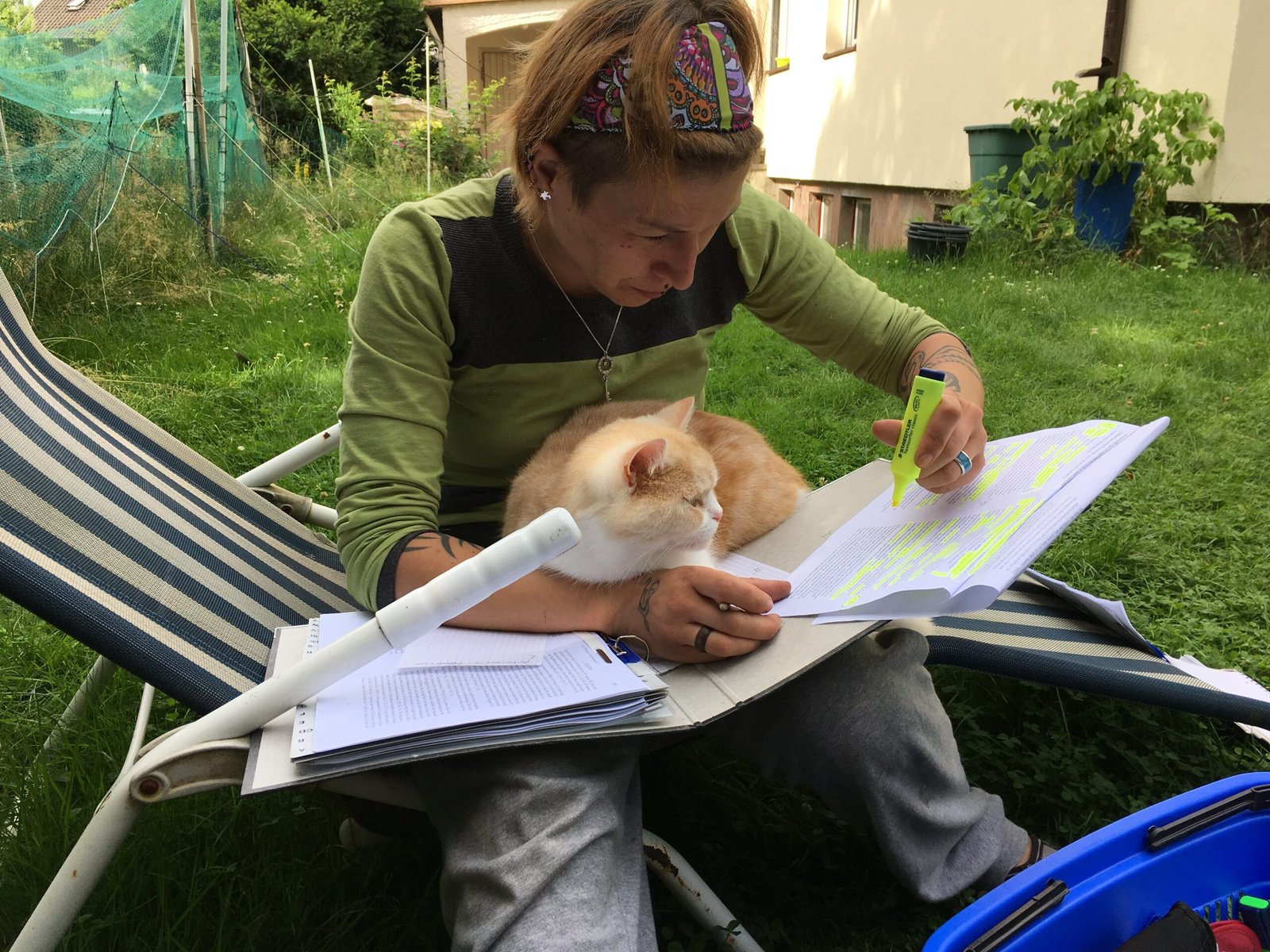
Cats are masters at interpreting subtle changes in your body language. Whether you slump into the sofa with a sigh or bounce around with excitement, your cat is watching. They notice the tension in your shoulders, the way you move your hands, and even how you position your feet. For example, a stiff posture might make your cat cautious, while relaxed movements can invite them closer. Over time, cats learn what different gestures mean for their human, reacting accordingly. If you’re anxious, they might keep their distance, sensing your unease. But during moments of calm, don’t be surprised if they crawl right onto your lap, eager to soak up your peaceful vibes.
2. Listening to Vocal Tones
It’s not just words that cats pay attention to—it’s how you say them. Your feline friend can distinguish between happy, sad, or angry tones in your voice. If you speak softly and sweetly, your cat might purr in response or rub against you, feeling reassured. On the other hand, a loud or harsh tone might send them scurrying under the bed. Even subtle shifts, like trembling in your words or a sigh, can be picked up by their sensitive ears. This ability helps cats determine whether you’re in a good mood or need some extra comfort, adjusting their behavior to match your emotional state.
3. Sensing Changes in Scent
Cats have an astonishing sense of smell—far stronger than humans. When you’re stressed, your body chemistry changes, sometimes causing you to sweat or release different pheromones. Your cat can detect these subtle shifts in your scent, often associating them with particular moods. For example, the scent you give off when anxious might prompt your cat to keep a watchful eye on you or offer a gentle nuzzle. It’s a silent way they tune in to your feelings, often before you’re even fully aware of them yourself.
4. Observing Daily Routines
Routine is everything to a cat. They quickly notice when you deviate from your usual habits, like sleeping in, skipping meals, or sitting quietly for longer than usual. These changes often signal a shift in your mood or well-being. For instance, a cat might sense your sadness if you spend more time lying in bed or staring out the window, prompting them to snuggle close or gently paw at you. Their sharp observation skills make them exceptional at picking up on emotional clues hidden in the rhythm of your day.
5. Picking Up on Heartbeat and Breathing
Have you ever noticed your cat lying on your chest or cuddling up to your side? They’re not just seeking warmth—they’re tuning in to your heartbeat and breathing. Cats are sensitive to the physical cues that come with your emotions, like a racing heart or shallow breaths during anxiety. When your heartbeat slows and your breathing deepens, your cat may feel more at ease and snuggle closer. But if your body is tense or your breath quickens, your cat might become alert or even offer comfort with a gentle paw.
6. Mirroring Your Energy Levels
Cats are like emotional mirrors, reflecting your energy back at you. On energetic days, your cat may be more playful, chasing toys or darting around the house. When you’re tired or feeling low, they often become mellow too, choosing to rest nearby or quietly observe you. This synchronization isn’t just coincidence—it’s your cat’s way of staying connected to your mood. Their ability to adapt their behavior to your energy helps strengthen the unique bond you share.
7. Spotting Facial Expressions
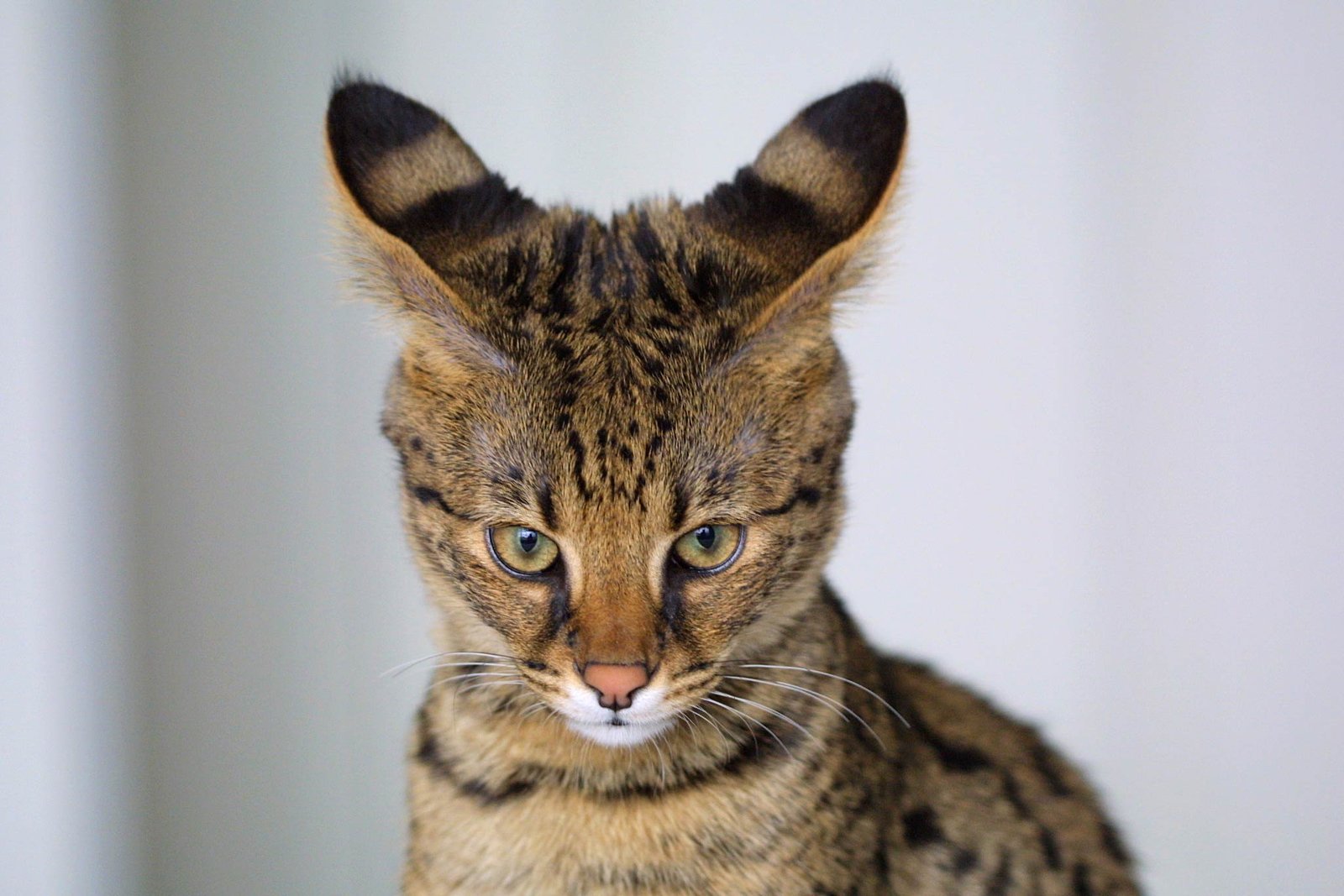
While cats may not understand a human smile or frown in the same way we do, they are surprisingly adept at reading facial cues. Subtle shifts, like a furrowed brow or drooping eyelids, can signal to your cat that something’s up. Over time, they learn to recognize the expressions you make when you’re happy, upset, or worried. It’s not uncommon for a cat to approach you with a gentle headbutt or purr when they see your face clouded with concern, offering silent support in your time of need.
8. Detecting Emotional Vibrations
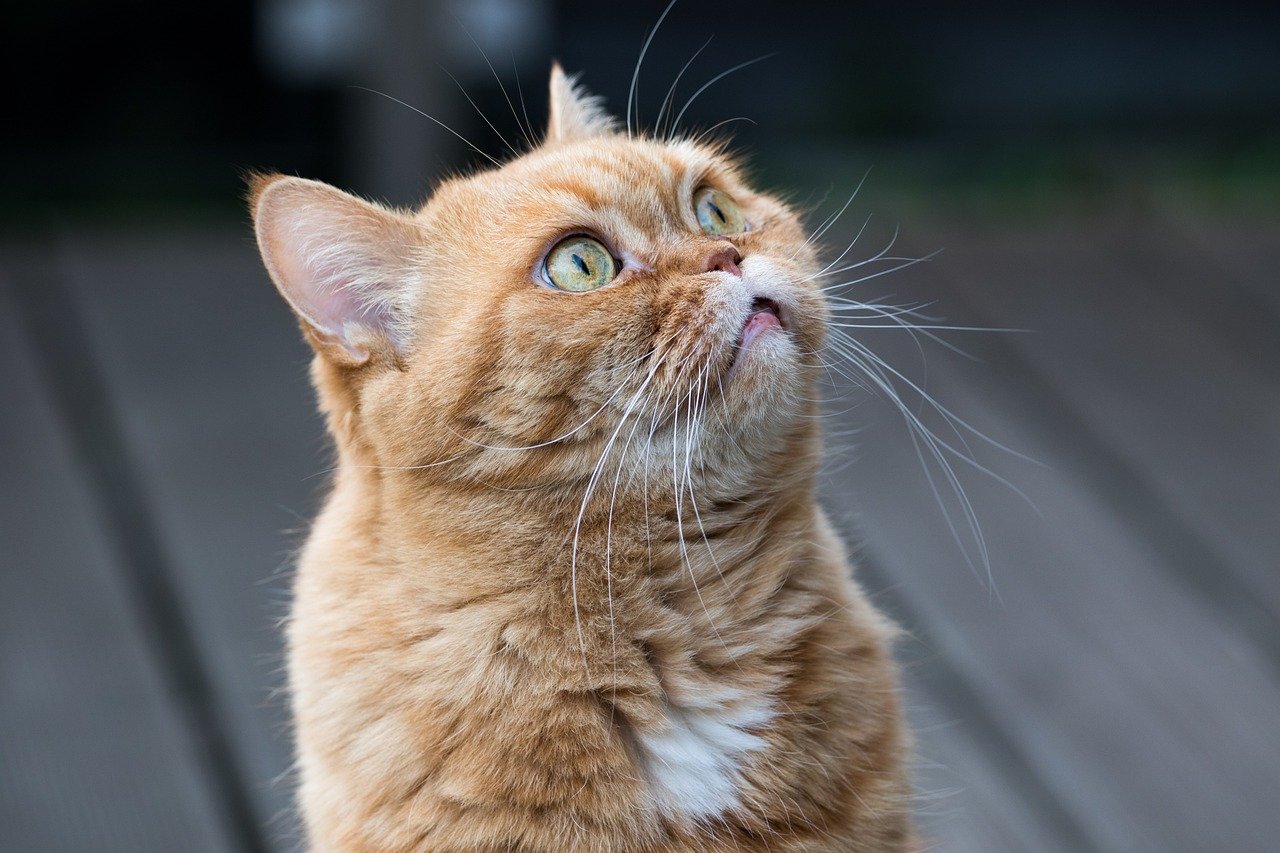
Though it might sound mystical, cats are keenly attuned to the “vibes” in their environment. They sense the emotional energy you emit, whether it’s tension during an argument or joy during a celebration. Even if you try to mask your feelings, your cat can pick up on the underlying emotional current. This sensitivity allows them to react quickly, either by seeking closeness to comfort you or finding a quiet spot to avoid negative energy. It’s almost as if they’re emotional sponges, soaking up the atmosphere you create.
9. Responding to Crying or Laughter
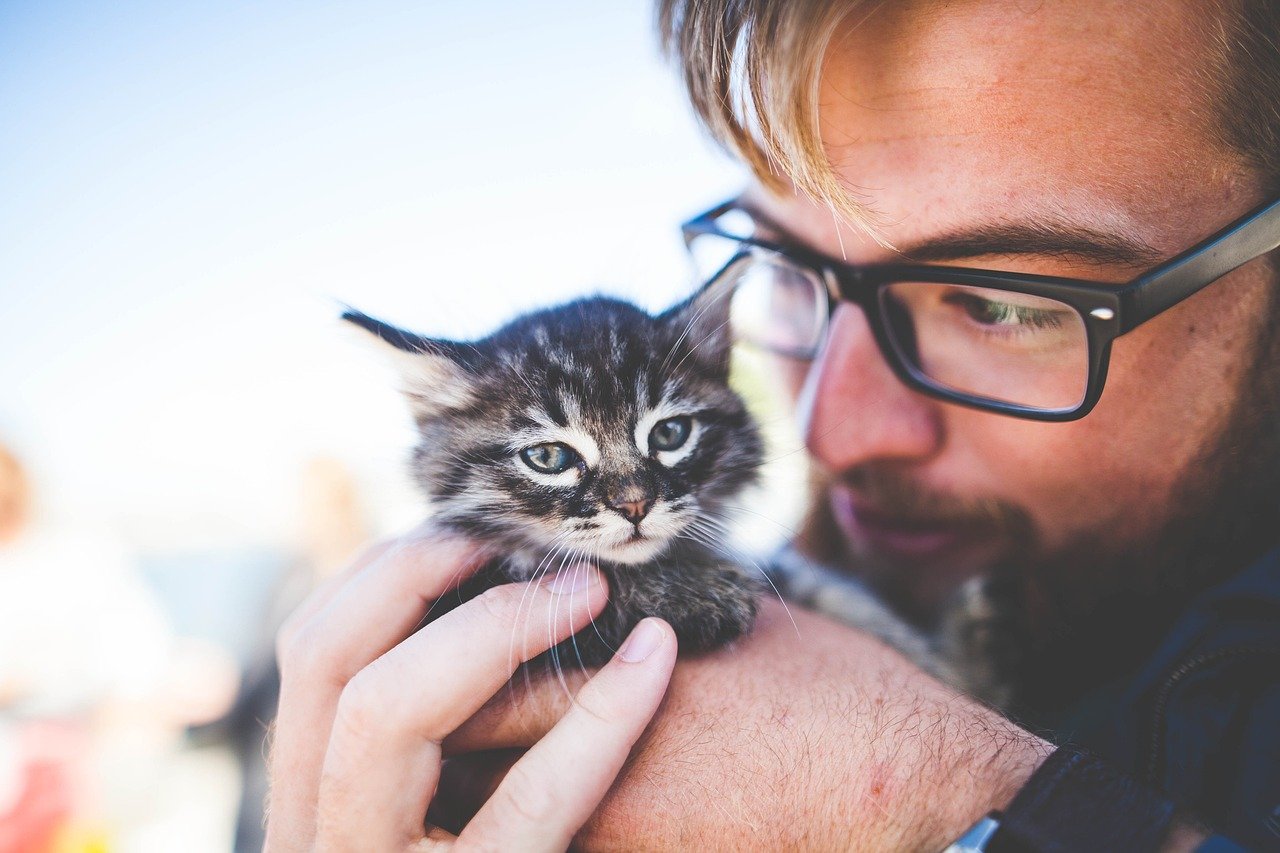
Cats often react in surprising ways to your emotional outbursts. If you’re crying, your cat might approach cautiously, offering a comforting presence or even licking your hand. Laughter, on the other hand, might spark playful antics, with your cat joining in the fun by pouncing on toys or rolling around the floor. These responses aren’t random—they’re your cat’s way of acknowledging your feelings and trying to share in your experience, whether that means offering solace or celebrating alongside you.
10. Noticing Your Absence or Withdrawal
When you withdraw emotionally or physically, your cat notices. If you spend more time alone in a room or avoid interaction, your feline might become more attentive, following you around or waiting outside your door. This heightened awareness is their way of checking in on you. Cats often sense when you need space, but they also know when to gently break through your solitude with a soft meow or nuzzle, reminding you that you’re not alone.
11. Reacting to Touch and Petting Styles
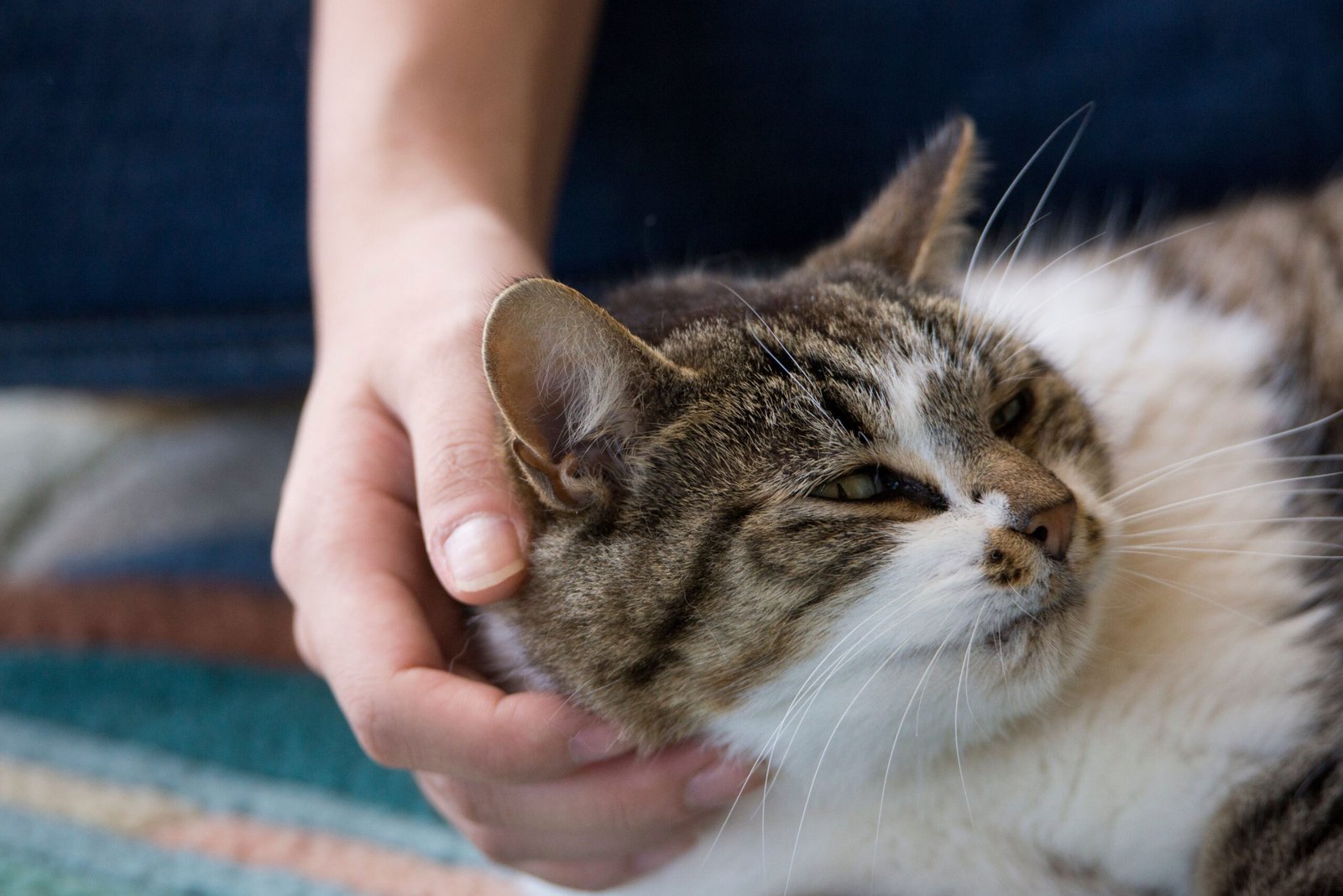
The way you touch your cat can reveal a lot about your mood. Gentle, slow strokes usually signal calmness or affection, while hurried or rough petting might indicate stress or agitation. Cats quickly pick up on these shifts, sometimes responding by purring or snuggling closer when you’re gentle, or pulling away when they sense something is off. Observing your touch is another subtle way cats tune into your emotional state and adjust their responses accordingly.
12. Watching for Tears or Changes in Eye Contact
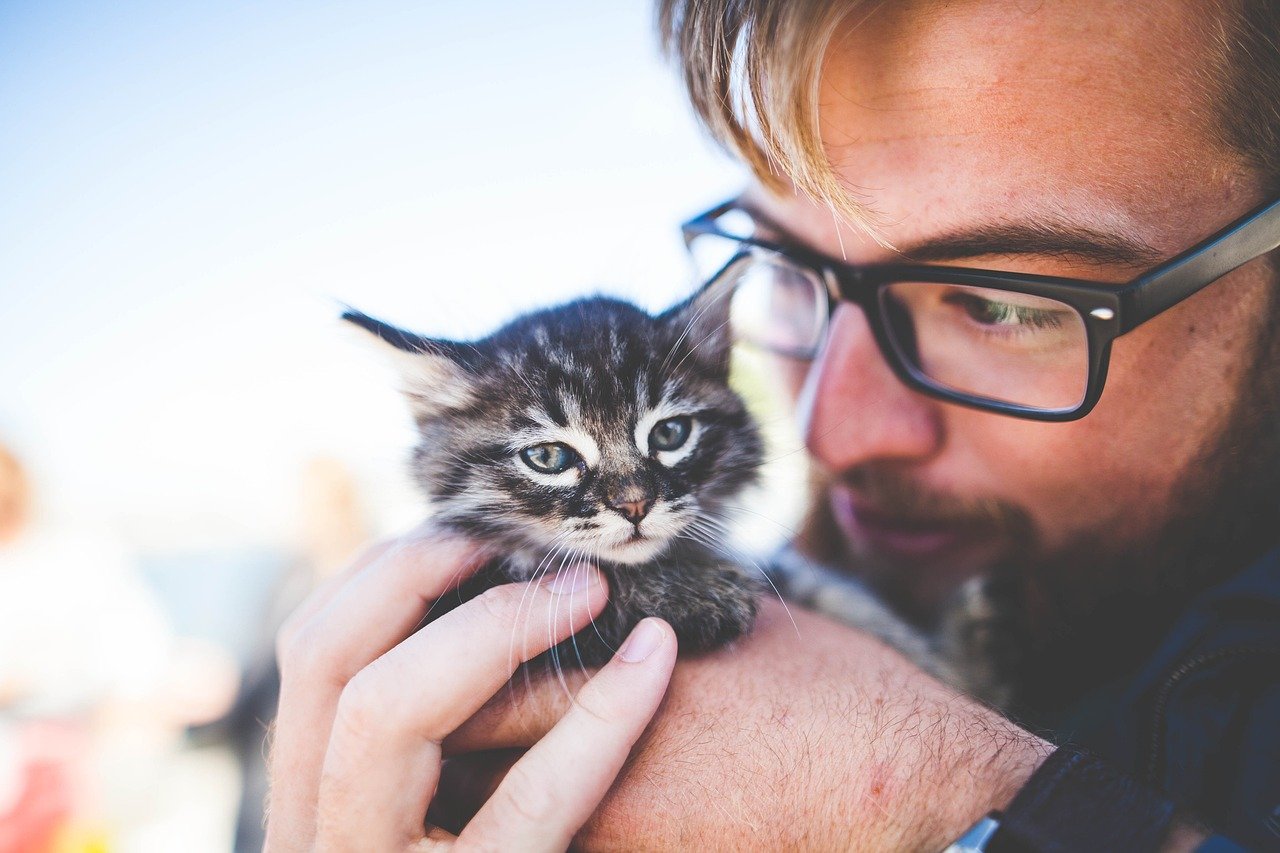
Cats are incredibly observant when it comes to your eyes. They notice when tears well up or when you avoid making eye contact. If you’re staring off into space or blinking back tears, your cat might approach quietly, offering their presence as a comforting anchor. Some cats even gently paw at your face or nestle close, as if trying to wipe away your worries. Their silent understanding can feel almost magical in moments of vulnerability.
13. Reacting to Sudden Movements or Startled Reactions
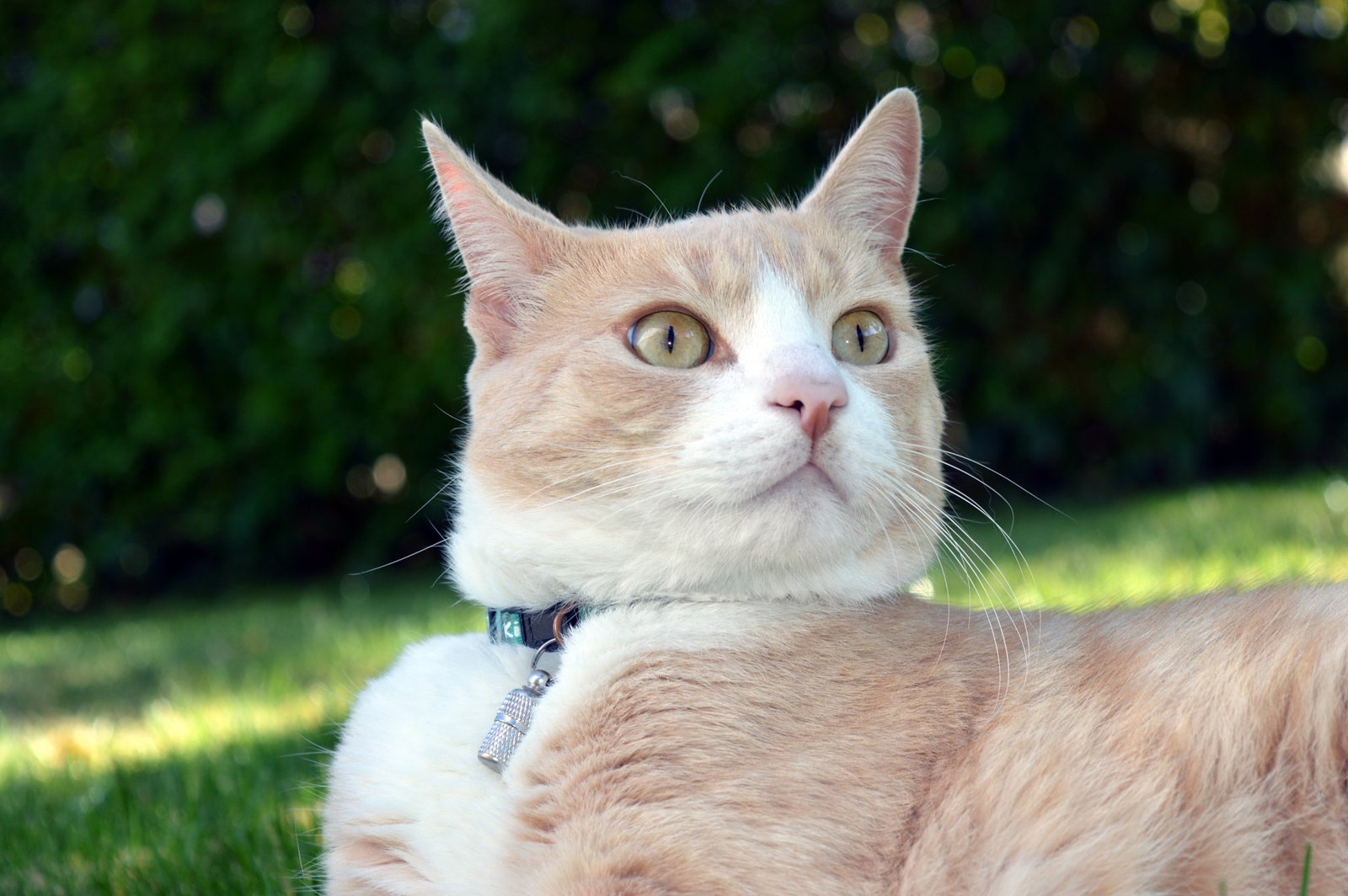
Your cat pays close attention to sudden movements—flinching, jumping, or quick gestures can signal distress or fear. When you react suddenly, your cat may either mirror your alertness or attempt to calm you down by staying close. Over time, they learn to associate these behaviors with certain emotions, adapting their own responses to fit the situation. This deep level of observation allows them to be there for you without words, just as a close friend might offer a reassuring hand.
14. Responding to Silence or Unusual Quietness
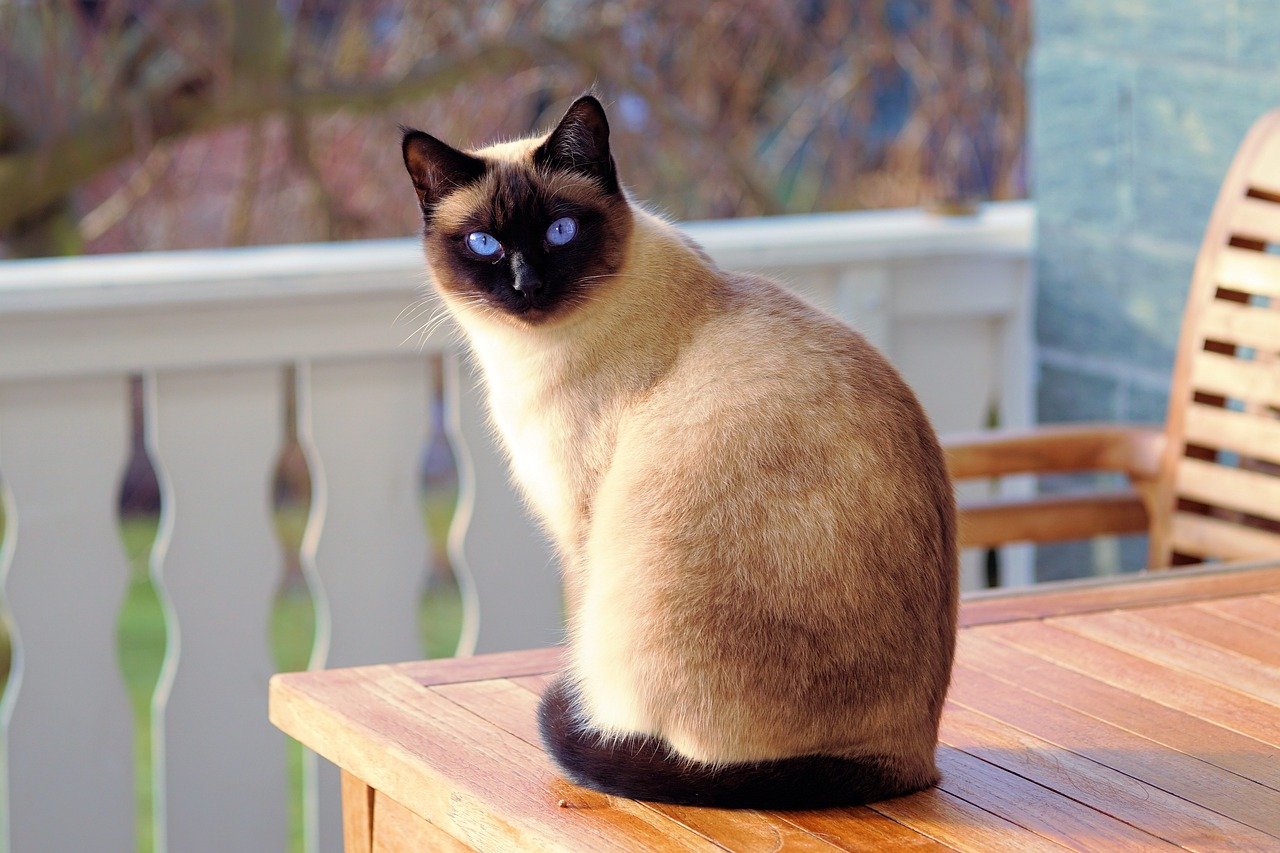
A sudden hush can speak volumes to a cat. If you become unusually quiet—perhaps lost in thought or weighed down by sadness—your cat senses the shift in atmosphere. They may approach more cautiously, sitting nearby or watching intently. Sometimes, they’ll break the silence with a soft purr or meow, attempting to draw you out of your shell. Their sensitivity to quiet moments shows just how attuned they are to the emotional climate of your home.
15. Offering Comfort with Physical Presence
Perhaps the most heartwarming way cats sense and respond to your mood is simply by being there. When you’re sad or anxious, your cat might curl up on your lap, knead your stomach, or rest their head on your arm. Their warm, steady presence provides a source of comfort that words can’t match. This physical closeness is their way of saying, “I’m here for you,” long before you even realize you need it. For many cat lovers, this silent companionship is the ultimate expression of feline empathy.

Born and bred in South Africa, a Capetonian at heart. Amy-Leigh’s love for nature and animals was inherited from her Dad. He loves taking the family on road trips to experience nature at its finest; Amy-Leigh’s favourite being whale watching in Hermanus and spotting Kudu along the West Coast. Amy-Leigh holds a BA in English Literature and Communication Studies.

